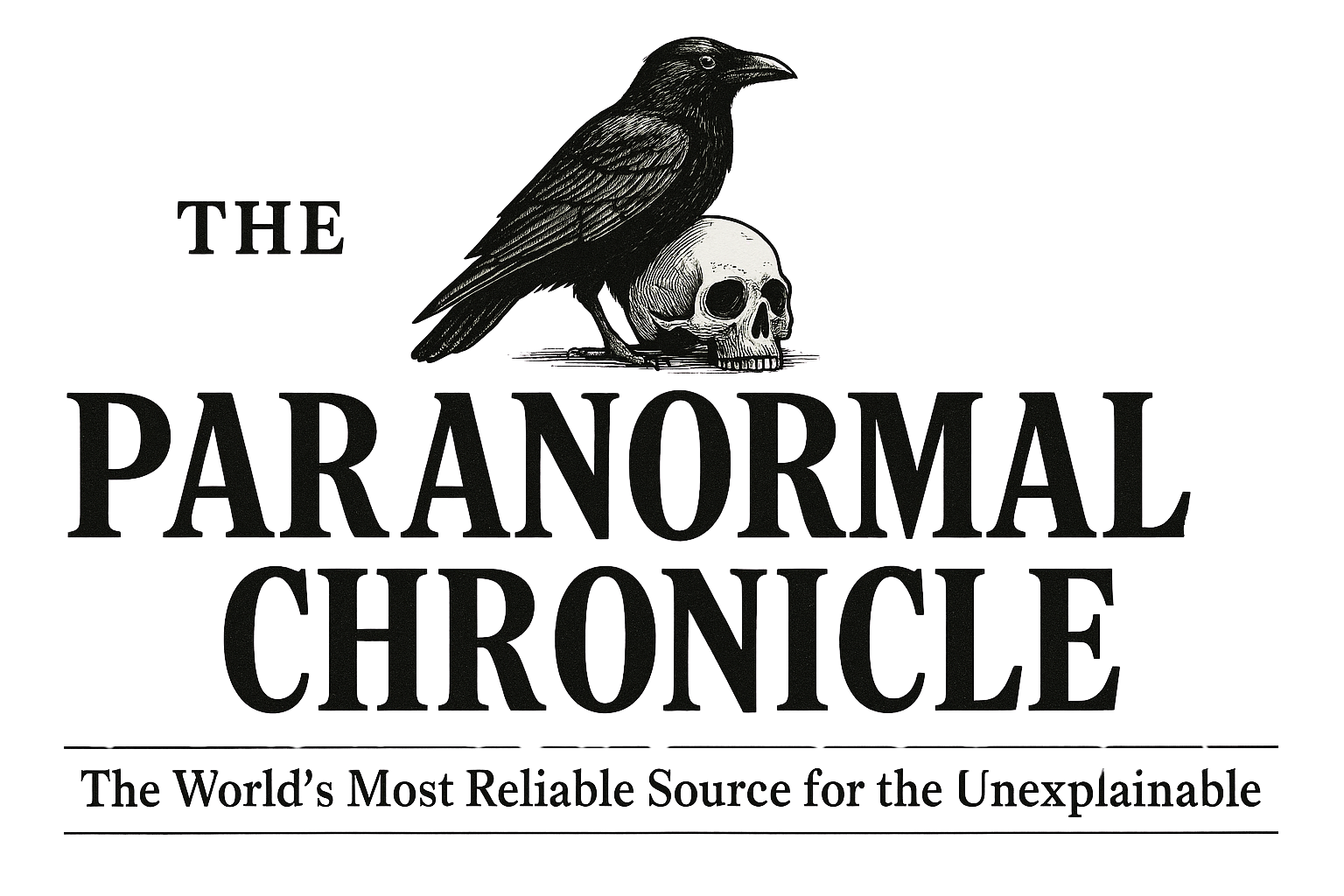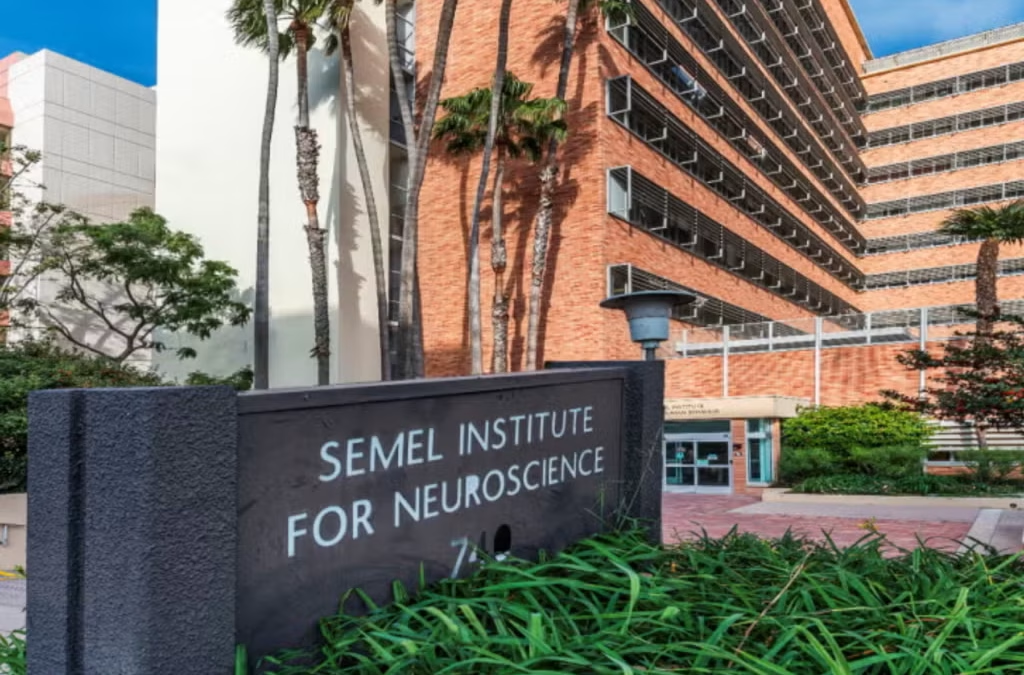The Lab That Wasn’t Supposed to Exist
From 1968 through 1978, UCLA’s Neuropsychiatric Institute (later the Semel Institute) hosted an unofficial, unfunded parapsychology laboratory, led by psychologist Dr. Thelma Moss. Though never formally sanctioned by the university, the lab pursued experiments in clairvoyance, telepathy, psychokinesis, healing, hypnosis, ghosts, and Kirlian photography—all under the radar of academic oversight .
The lab’s quarters were modest—a cramped set of desks, phones, and a dim “isolation‑tank–like” room where subjects underwent experiments. Volunteers staffed most of the work, while the lab operated with minimal institutional support.
The Woman Behind the Lab: Dr. Thelma Moss
Thelma Moss began her career as a Broadway actress and Hollywood screenwriter before pursuing a doctorate in psychology at UCLA. By the late 60s she transitioned into academia, eventually founding the parapsychology lab in response to a blend of personal curiosity and emerging psi trends of the era .
Her research on Kirlian photography—a method claiming to capture the human “aura”—became the signature of her later work. While widely popularized, these images are now considered explainable by corona discharge effects dependent on moisture, contact pressure, and environmental factors, rather than a paranormal energy field.
Investigations & Key Cases
Among the most notorious cases investigated was the Doris Bither haunting in Culver City, where a series of shocking physical phenomena—levitating pans, luminous apparitions, projectile objects—were documented over 10 weeks. Investigators Barry Taff and Kerry Gaynor, both trained by Moss, catalogued poltergeist activity and ambiguous psychical events that defied conventional explanation .
Taff later reflected that most of the nearly 4,800 cases he investigated were ultimately explainable, yet a small number—including Bither’s—felt unsolved and haunting. Moss also oversaw tests aimed at developing psychic ability in volunteers, including controlled settings for telepathy and ESP training.
Celebrity Visits and Military Interest
Despite its fringe nature, the lab drew visits from Hollywood and government figures. Comedian Carol Burnett experimented with “mind photography,” while the makers of The Exorcist sought background insight from Moss and her team. Even U.S. Army figures associated with the Stargate Project reportedly observed remote viewing sessions at the lab, seeking to assess intelligence‑gathering potential via psychic means.
Rise and Fall: From Fascination to Friction
Initially tolerated by UCLA, the lab’s growing visibility and sensational claims eventually clashed with academic norms. Moss’s pivot toward Kirlian photography and metaphysical speculation drew criticism from colleagues. As she ceased publishing in peer-reviewed journals, the university distanced itself.
Under new leadership, the institute’s chair Dr. Louis Jolyon West abruptly terminated the lab in 1978. UCLA formally severed ties with Moss shortly thereafter, effectively ending its decade‑long foray into psi research.
Aftermath and Legacy
Former associates went on to forge new paths. Barry Taff wrote extensively on his paranormal investigations. Kerry Gaynor transitioned into hypnotherapy, with high‑profile clients including actors Martin Sheen and Aaron Eckhart. Judith Orloff, another former volunteer, became a psychiatric professor at UCLA, continuing public work around psychic experience .
Though official psi research at major U.S. universities virtually disappeared after the late 1970s, private and international efforts continued. The decline of phenomena like telepathy, healing, or aura photography reflected increased skepticism and scientific containment .
Why It Matters Today
-
Shows how a major research university sheltered unsanctioned paranormal science during a time of cultural openness toward psi.
-
Documents early investigative methodologies later adopted by private paranormal teams
-
Illuminates the tension between academic rigor and sensationalism
-
Illustrates how personal experience, like Moss’s own LSD psychotherapy and aura beliefs, shaped experimental direction.
In Closing
UCLA’s parapsychology lab was never mainstream; it was unofficial, underfunded, and controversial. Yet it represents a unique chapter in modern paranormal history: scientists and volunteers pushing the boundaries of academic legitimacy in pursuit of phenomena beyond explanation.
Though it vanished under skepticism and political pressure, its legacy lives on in the eyewitness reports, haunting cases, and experimental culture that define paranormal research today.
References
• Daily Bruin coverage: “Nightly Bruin: Inside UCLA’s Parapsychology Lab”, April 25 2025
• Teeming Brain: “Legacy’s End: The Rise and Fall…”
• Wikipedia: Thelma Moss, Parapsychology
• Brewminate essay: Parapsychology in the 1970s and 1980s
Chris Allen is a historian, paranormal researcher, and seasoned ghost tour operator with a passion for uncovering the eerie truths hidden in the shadows of American history. As a contributing writer for The Paranormal Chronicle, Chris brings a unique voice steeped in Southern Gothic tradition: factual, philosophical, and just unsettling enough to make you check the corners of the room. With a background in immersive storytelling and investigative research, Chris explores hauntings, folklore, and true crime with equal parts curiosity and reverence, treating ghost stories not as spectacle, but as cultural echoes worth listening to.

